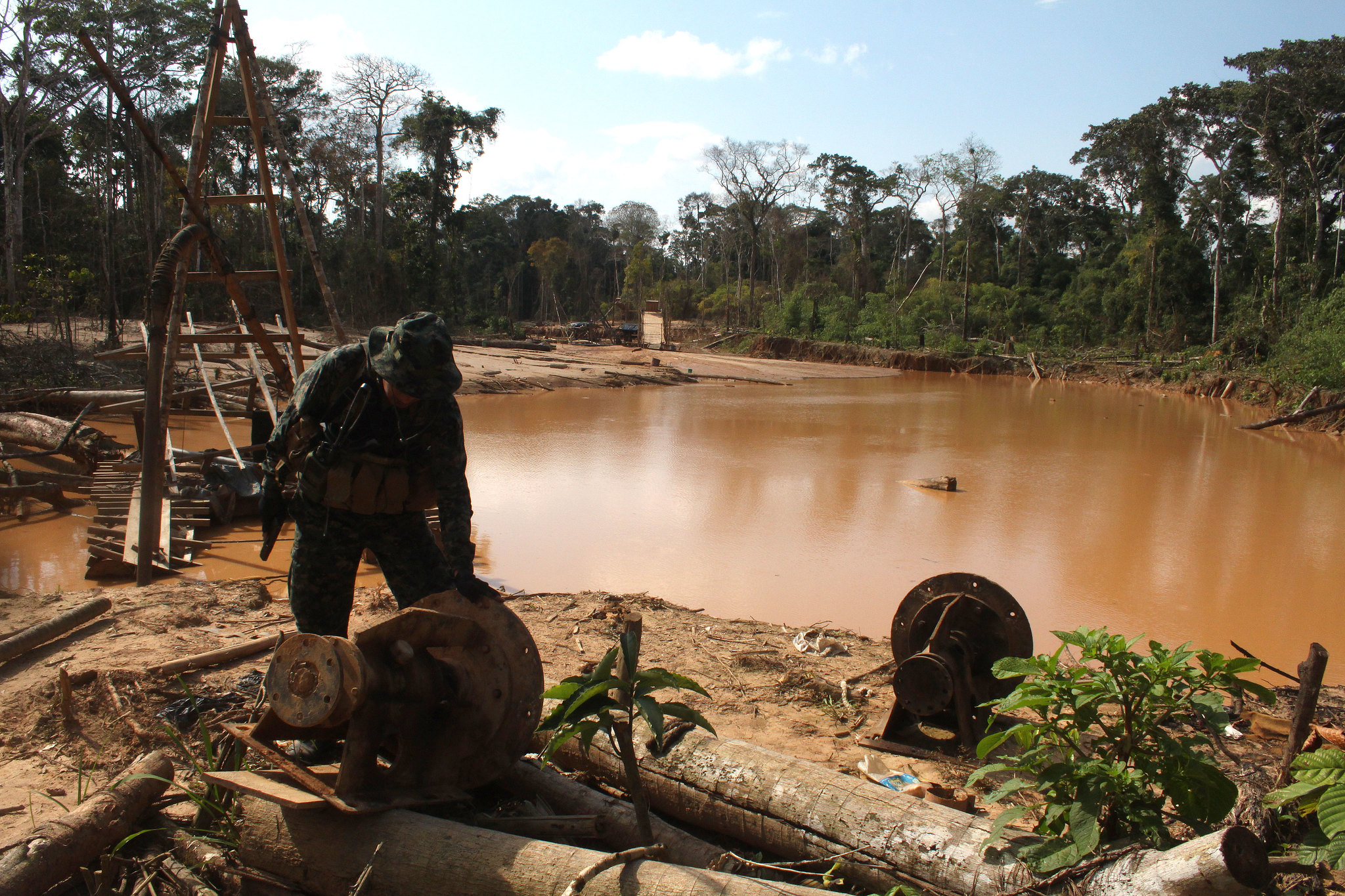New report unveils potential for undiscovered minerals deposits in British Columbia

A newly published report sheds light on the potential for undiscovered minerals deposits in the Skeena Arch in British Columbia’s Northwest Region.
Although the Skeena Arch – an area roughly between Terrace and Houston – is home to several past and current mines, the geological processes that caused the concentration of mineralized zones are only partially understood.
The project, which was a partnership between Geoscience BC, the British Columbia Geological Survey (BCGS), and the University of British Columbia’s MDRU-Mineral Deposit Research Unit, sought to address the knowledge gap.
Using data from Geoscience BC’s Search Phase I: Airborne Magnetic Survey project, MDRU and BCGS researchers updated geological maps and the data was used to further improve understanding of structural settings that caused magmatic activity that led to the formation of mineralized deposits.
The research team discovered previously unknown Middle Jurassic volcanogenic massive sulphide (VMS) deposits that may be similar to the productive Eskay Creek gold deposit, Geoscience BC said in a news release.
Geoscience BC also said the new report, which accompanies the previously-published geological maps, highlights findings that can be valuable for the mineral exploration sector, Indigenous groups and communities making decisions about mineral exploration in the area.
“The findings and new knowledge generated by this project highlight that British Columbia’s Northwest Region may have a continued role to play in critical minerals and metals exploration and development,” Geoscience BC Vice President, Minerals Christa Pellett said.
“This public information will be useful for future exploration in the area.”
{{ commodity.name }}
{{ post.title }}
{{ post.date }}

Comments